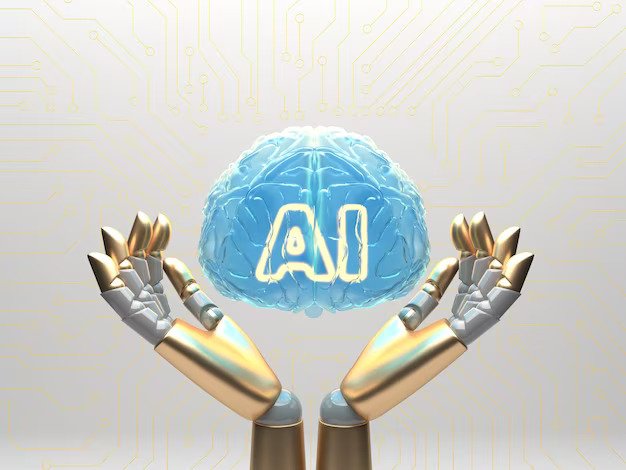The future of AI in finance and retail
As AI technology continues to develop, we can expect to see even more innovative and disruptive applications of AI in these industries in the years to come.

These are just a few of the top trends
Finance
- Fraud detection and prevention: AI is being used to improve fraud detection and prevention in banks. This includes using machine learning algorithms to analyze transaction data and identify patterns of fraudulent activity, as well as using behavioral biometrics to detect suspicious activity.
- Risk assessment: AI is also being used to assess risk in the financial sector. This includes using machine learning to analyze credit scores, market data, and other factors to assess the risk of lending to a particular borrower or investing in a particular security.
- Customer service: AI is being used to improve customer service in the financial sector. This includes using chatbots to answer customer questions and resolve issues, as well as using natural language processing to understand customer feedback and improve products and services.
- Investment management: AI is being used to automate investment management tasks, such as portfolio rebalancing and risk management. This can help to improve investment performance and reduce costs.
- Regulatory compliance: AI is being used to help financial institutions comply with regulations. This includes using machine learning to identify potential compliance issues and using natural language processing to interpret regulatory documents.
Retail
- Personalization: AI is being used to personalize the retail experience for customers. This includes using machine learning to recommend products, tailor pricing, and provide customer support.
- Fraud detection: AI is also being used to detect fraud in retail. This includes using machine learning to analyze purchase patterns and identify suspicious activity, as well as using facial recognition to prevent shoplifting.
- Inventory management: AI is being used to improve inventory management in retail. This includes using machine learning to predict demand and optimize inventory levels, as well as using computer vision to track inventory in real time.
- Pricing: AI is being used to optimize pricing in retail. This includes using machine learning to analyze demand, competition, and other factors to set the optimal price for products.
- Warehouse automation: AI is being used to automate warehouse operations in retail. This includes using robots to pick, pack, and ship orders, as well as using machine learning to optimize warehouse layouts.
Read more: meta-announces-250k-grant-for-launching-mixed-reality-program
What's Your Reaction?





















